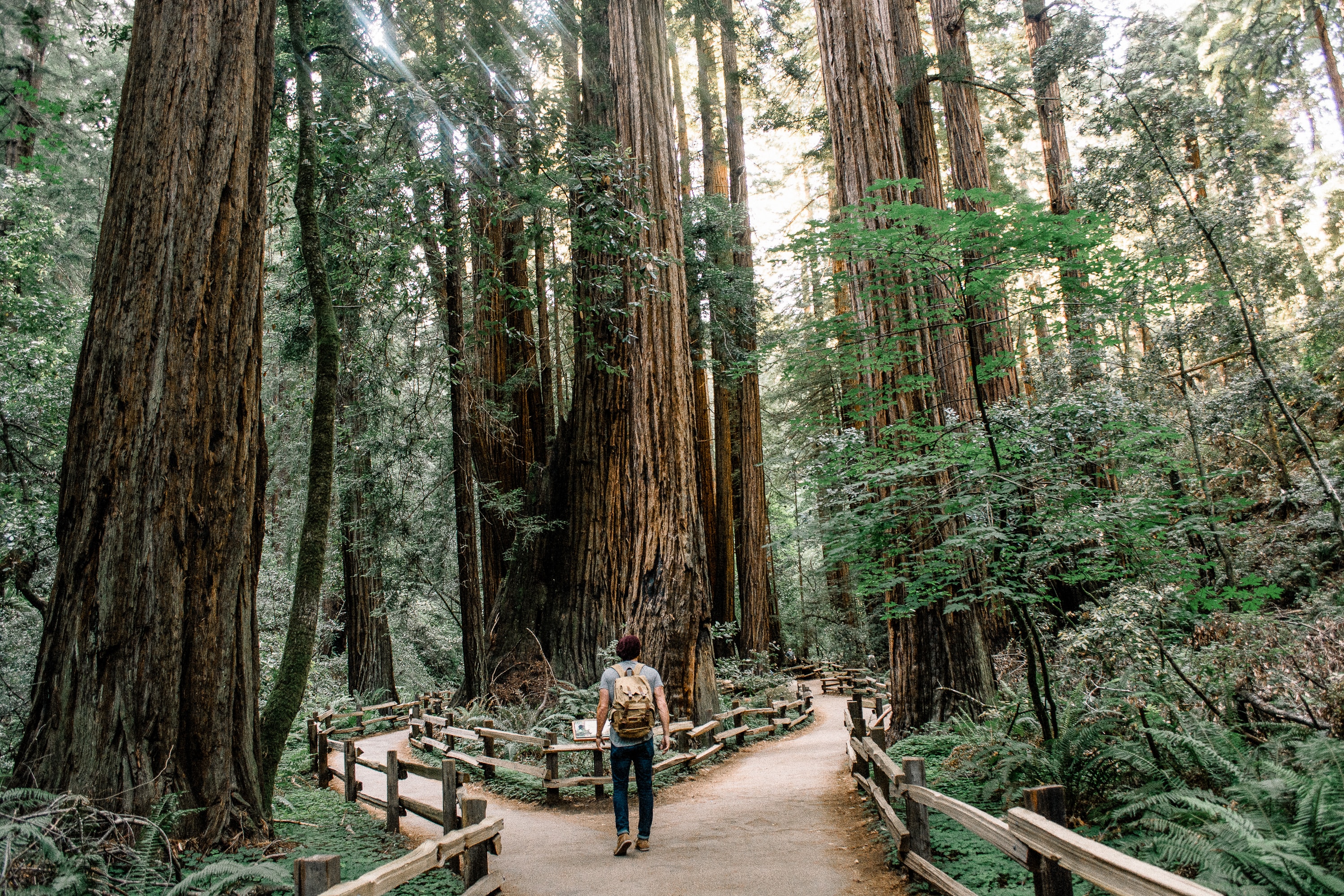
I understand that not all choices are choices but rather an outcome of circumstance. It seems that what is an option for one person is the only possibility for another.
“Less Cancer” is the elevator speech for the organization I founded, Next Generation Choices Foundation. The organization’s work has a sharp focus on education, where information can support change that matters in the public health frontier. We are providing information specifically for addressing the increased incidence of preventable cancer.
Over the years, as we increasingly reach more and more people, it has become evident that it is necessary to meet people where they are.
We also understand that not all situations are equal, and despite being given the information, sometimes “choices” are made that are counterintuitive to the content shared. That said, we, as information providers, do not know the complete circumstances of the individuals and why certain choices are made. Sometimes, decisions are made from a place of desperation or need and are seemingly contrary to the material provided.
Something as simple as healthy eating can often be a complex problem.
We understand in our work that, despite unshared experiences, education, and choices, information must be made available to all.
This can sometimes prove especially challenging.
We, as an organization, work to cover those bases on a multitude of levels.
We work to bridge the public health gaps in several ways, via policy, continuing medical education, and educating the general population through web-based channels.
When we make “choices” under extreme circumstances, what might seemingly be a simple choice on the surface is often not the case. Usually, there are decisions based on conditions not fully understood by someone on the outside.
Recently, a couple of people have asked me about the time of the exact tipping point of making a change with my health relative to fitness and diet.
I replied that it happened when I felt good enough to start down that road.
They said, “No; when did you decide to get in shape?”
The answer was not that simple, but rather involved several things like getting a new health-insurance policy and healthcare program.
They wanted to know why in each case.
The answer is that it took both health care and a program for me to feel better, which, in turn, allowed me to work out and reach for goals centered around healthier living.
It involved having a second job to make sure that I had all the pieces in place to move forward with my new health regimen.
An additional benefit was that I had to start calling in other people to help with Less Cancer to help with the heavy lifting, and as a result, it is growing into a stronger, more sustainable organization. We have evolved from an idea to a functioning machine that addresses public health gaps and cancer prevention.
There was a presumption that one day, I just chose to drop my cane and start running. There are presumptions that weight gain and immobility have more to do with discipline than with unbearable chronic nerve pain.
From that conversation ensued the realization that I did not have everything that I might appear to have, that the tall man with the big smile had anything but “it all.”
At age 60, it is often assumed I am retired as opposed to the reality that I have two jobs.
I might appear to have not had challenges with my health or healthcare. I am tall, healthy, and appear strong. However, very little of it comes on my own. While I’m committed, it takes a village. That village comes with having the commitment and the resources to make a change where I can.
People make inaccurate presumptions all the time. I look back to 2003 when I was launching Less Cancer,
I had one person suggest it was my choice to start the organization, and that the challenges of funding and surviving were my choice. At a certain level, I did agree that they were indeed my choice.
However, that was not entirely accurate. Years later, I realized that the founding of Less Cancer was not a choice, but rather the only possible road I could take in order to be able to live with myself. My choices were an outcome of my heartache and pain. Less Cancer was the only road to make my grief palatable. I had to do something; the losses I had suffered had to mean something. So, while I was listening to my heart and not my brain, my heartache and my pain benefitted more people than I could ever count. It was that heartache that had me seek out the best and brightest in science and medicine. We have done more than just educating the general public. We have also trained the next generation of physicians, nurses, and public health professions on cancer prevention.We are doing all what we can to reach those in normally unreachable places to prevent the suffering that comes with cancer.
We do so as we understand; not everyone is in the same place, and things are not always as they seem or how we presume them to be.
So, while we always want the best science-based information available to all people to allow them to make the healthiest choices, that is not always possible. However, it is a constant reminder and a call to action to continue to meet people where they are, so we can properly address preventable public health issues.

